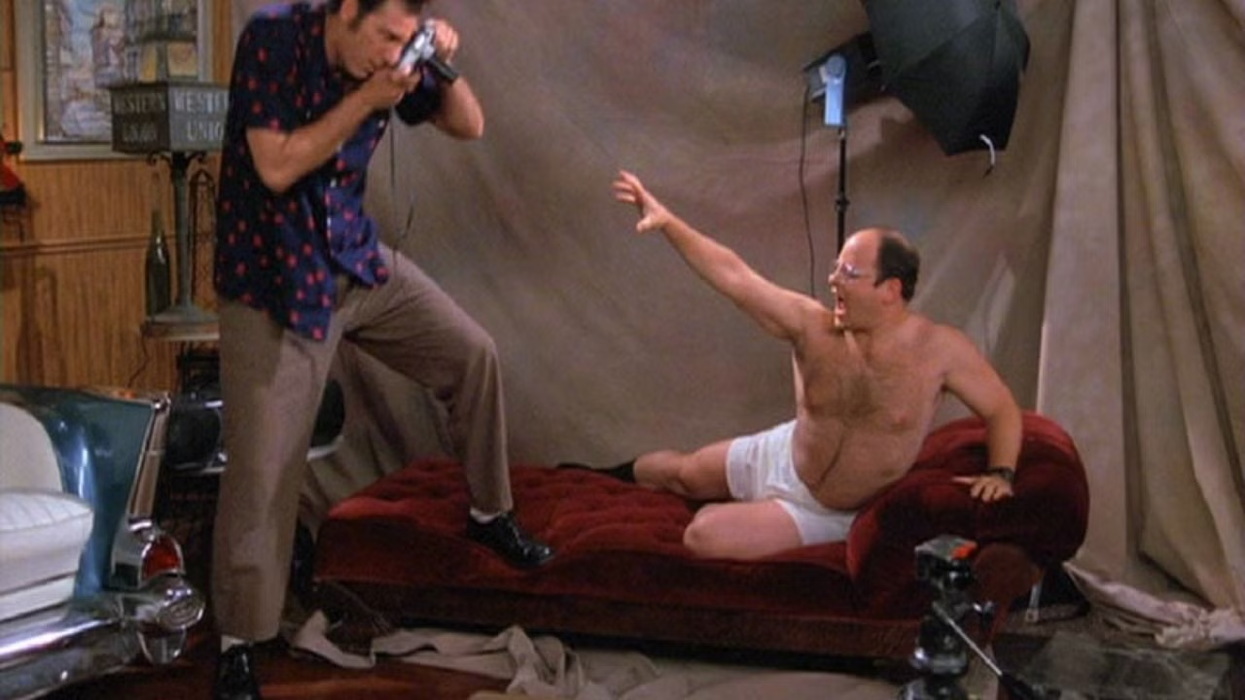This Supercut Takes You Through the Hero's Journey of over 50 Iconic Films
"It's not a place you can get to by a boat or train. It's far, far away—behind the moon—beyond the rain."

If you're a screenwriter you've most certainly heard about the concept of the Hero's Journey—in fact, you probably you use it to structure your own stories. Though it's not a narrative requirement, many writers have taken us on some wild rides using Joseph Campbell's ol' monomyth—the call to adventure, the "all hope is lost" moment, etc., and video essayist Jack Nugent of Now You See It celebrates the journeys of over 50 of our favorite cinematic heroes in the supercut below:
Nugent's supercut definitely pulls on some heart strings, but let's talk about the Hero's Journey for a second.
Think about some of the most emotional and exciting scenes you've ever seen in a film—Neo being offered the red and blue pill, Woody, Buzz, and the other toys holding hands as they head for certain doom, Django smirking as the Big House explodes. Though each and every phase and department of filmmaking contributed to the effectiveness of these movie moments, some of the credit goes to the fact that they used the structure of the monomyth to their advantage.
I mean, would the red and blue pill scene in The Matrix be as effective if it wasn't preceded by scenes of Neo seeking answers to a mystery? Would you be blubbering in a crowded theater as Woody and Buzz finally bury the hatchet as they head for the incinerator if you hadn't watched their conflict for 15 years? Maybe not.
Even if you're staunchly against all of the structural rules and standards created by screenwriting gurus, you can't really deny the pervasiveness of this narrative template. However, as pervasive as it might be, it still is only a part that makes up the story—and story is king. If the Hero's Journey just doesn't fit your narrative, you don't need to include it. If your story is better without your hero's transformation being the centerpiece, great! The Hero's Journey is not a law, it's merely a tool.
Source: Now You See It











